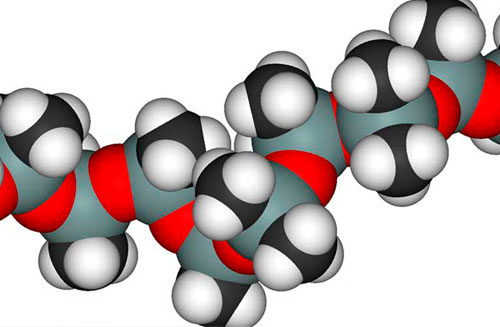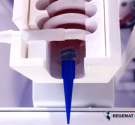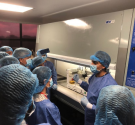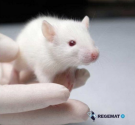Medical devices such as dental lenses or coatings, blood pumps and artificial skin, a reality thanks to the combination of PDMS and 3D bioprinting.
|
3D Print
- Manually mix the base (elastomer) and curing agent in a ratio of 10: 1.
- Once mixed, stirring will have generated bubbles, so it is highly recommended to put the mix in a vacuum chamber to extract them.
- Before pouring, clean the container or syringe with acetone or isopropyl alcohol.
- Once the final form has been applied, let it cure for several days ( 2 to 7) at room temperature or for 15-20 minutes at 80-100⁰C.
Polydimethylsiloxane, better known by PDMS, is a synthetic polymer from the group of polysiloxanes, but commonly called silicones. It is a transparent material characterized by its good thermal and oxidative stability, high gas permeability, hydrophobicity and being an excellent dielectric.
In the field of biomedical applications PDMS also offers other key properties such as biocompatibility, resistance to blood corrosion, oxygen permeability, being odorless and having a low biodegradation, keeping its properties intact for years when implanted .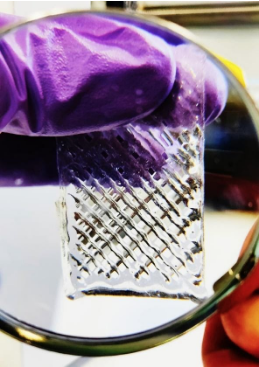
- Manually mix the base (elastomer) and curing agent in a ratio of 10: 1.
- Once mixed, stirring will have generated bubbles, so it is highly recommended to put the mix in a vacuum chamber to extract them.
- Before pouring, clean the container or syringe with acetone or isopropyl alcohol.
- Once the final form has been applied, let it cure for several days ( 2 to 7) at room temperature or for 15-20 minutes at 80-100⁰C.

